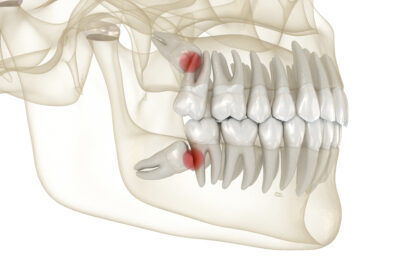You’ve probably heard all about cavities, tooth decay, and gum disease by now, but have you heard about the best way to avoid them? Preventive dentistry is the most effective way to keep infection-causing bacteria away from your teeth. This includes visiting your dentist, maintaining a healthy diet, and most importantly; practicing excellent oral hygiene. However, since tooth brushing is generally taught in the home, many people do it differently. This has caused many tooth brushing myths to circulate, so we’re here to debunk those and give you the real facts!
1.Brushing Your Bleeding Gums Is Bad
Often times, people will brush their teeth less when they notice their gums are bleeding. Slight, occasional bleeding is considered normal and most likely caused from irritation due to rigorous brushing. However, the bleeding could be an indication of an infection such as gingivitis – the early stages of gum disease. While you should never stop brushing your teeth, you should check with your dentist if the bleeding is persistent, to ensure that it isn’t an infection.
2.You Should Brush Immediately After Every Meal
It is recommended that you brush your teeth twice per day to maintain your oral health. However, you could actually damage your teeth by brushing them immediately following a meal. The enamel covering your teeth can soften when you eat, especially with acidic foods or drinks. Using an abrasive like a toothbrush on top of your weakened enamel could cause erosion. Instead, wait at least 30 to 60 minutes before brushing your teeth after eating.
3.White Teeth Are Healthy Teeth
Unfortunately, gum disease and tooth decay can affect your teeth regardless of their color. In fact, infections like these are commonly overlooked by people with pearly whites because they believe that since they have such white teeth, they are healthy. So, regardless of the color of your smile, you should always visit your dentist for a cleaning and checkup at least every six months.














